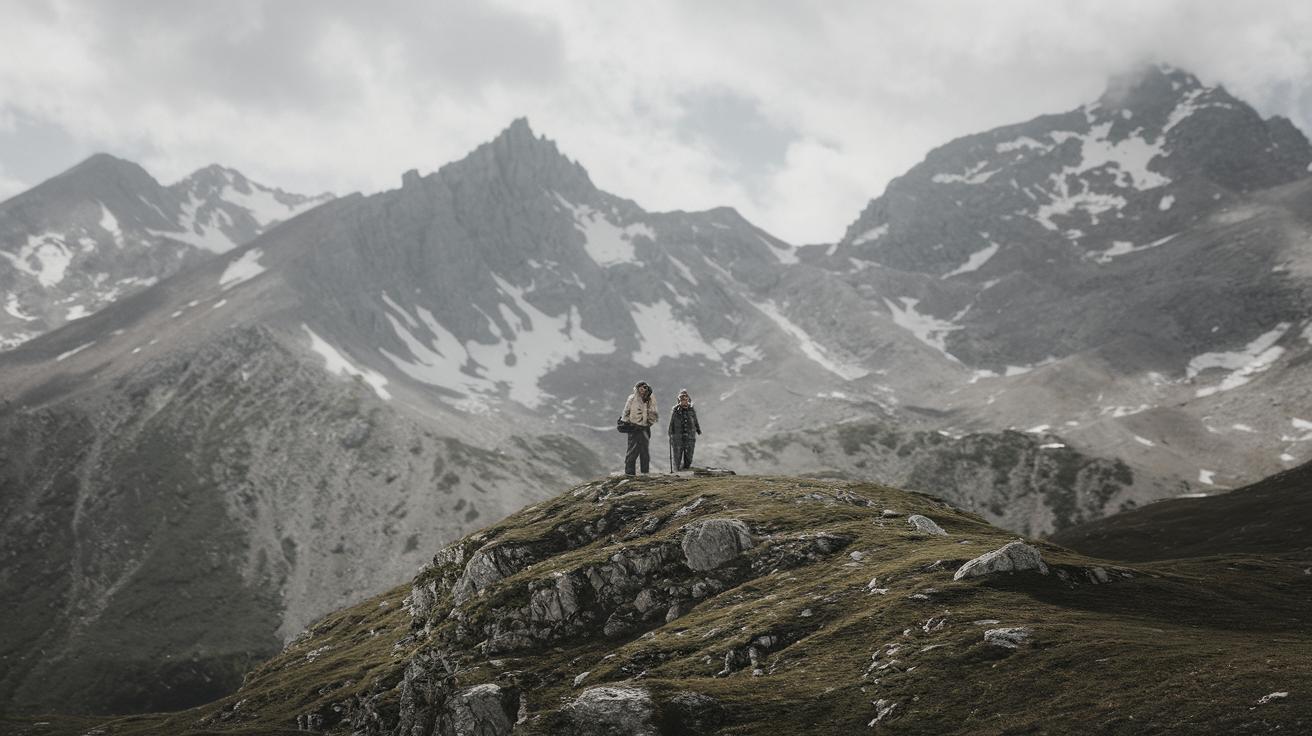The Advantages of Film Photography Over Digital
In the age of rapid technological advancement, photography has experienced a significant evolution, prominently marked by the transition from film to digital photography. Despite digital photography’s dominance in convenience and instant gratification, film photography maintains a dedicated following. This blog post will explore the unique advantages of film photography over digital photography. We will uncover how film’s color consistency and dynamic range can provide a more authentic image quality, why film resolution often surpasses that of digital cameras, how the creative processes of film processing and editing engage photographers uniquely, and how the costs of film photography often prove to be more manageable than constantly upgrading digital equipment. Furthermore, we’ll briefly contrast these aspects with some advantages of digital photography to provide a well-rounded perspective for those considering their next creative steps in photography.
Film Photography Advantages
Film Offers Color Consistency and Dynamic Range over Digital
One of the more subtle but significant advantages of film photography is its ability to deliver consistent color rendition and a broad dynamic range. Film stock, by its chemical nature, captures colors and contrast in a way that many find to be more natural and pleasing. The pigments and dyes used in film directly affect how colors are rendered, offering a warmth and diversity that digital sensors struggle to replicate. Unlike digital photography, where post-editing often plays an integral role in achieving the desired color and tonal balance, film inherently imbues images with a lifelike quality.
Dynamic range is another crucial area where film excels. A single frame of film can capture a broader range of tonal gradation between highlights and shadows with minimal loss of detail. This ability makes film particularly advantageous for landscape and portrait photography, where lighting conditions can vary dramatically within a scene. Photographers who prefer capturing an image that’s rich in detail and doesn’t require extensive post-production to mitigate blown highlights or crushed shadows find film photography naturally advantageous.
Resolution of Film is Higher Than Most Digital Cameras
When it comes to resolution and detail, film photography sets itself apart from digital in a compelling way. Traditional 35mm film typically offers an approximate equivalent of 20 to 25 megapixels of resolution, while medium and large format film go much higher, often surpassing even the most advanced digital cameras. This high resolution allows for incredible detail retention and enlargements without the image degradation frequently encountered with digital photos.
Analog films’ ability to handle higher levels of detail is particularly beneficial for photographers focusing on fine art and high-quality prints. The texture and grain structure inherent in film can contribute to an image’s artistic quality and emotional depth. For this reason, many artists and commercial photographers continue to prefer film for projects where detail and print quality are paramount.
Film Processing And Editing Is As Creative As Taking The Shot
Film processing is an art form that offers photographers a unique set of creative challenges and opportunities. Unlike digital photography, where editing is predominantly confined to post-processing software, film requires photographers to engage deeply with physical mediums. The choices made in developing and printing can dramatically alter the outcome, offering another dimension of artistic expression.
From selecting specific chemicals for developing to manipulating exposure times and techniques in the darkroom, the editing process becomes an integral part of the creative journey rather than merely a post-capture check box. Many photographers cherish this hands-on interaction because it allows them to create a tangible commitment to their artistic vision, resulting in a finished piece that feels wholly owned and crafted from start to finish.
The Cost Of Film Photography Is More Manageable and Less Jarring Than Digital
At first glance, the cost of film might appear higher due to purchasing and developing each roll, but the long-term economics can be surprisingly favorable. Film photography encourages more deliberate practice; photographers spend more time considering each frame before capturing it. This mindfulness can result in better composition skills and less reliance on capturing hundreds of images and post-processing later, reducing overall production time and cost.
On the flip side, digital photography often demands regular equipment upgrades. As technology advances, new camera bodies and lenses are frequently released, pressuring photographers to keep up to maintain quality and competitiveness. This constant cycle can prove more expensive than maintaining a simple film setup that focuses on the artistry of taking pictures and less on acquiring the latest technology.
Digital Photography Advantages
While film photography undoubtedly has its unique charm and advantages, digital photography is not without its significant benefits. Digital photography offers unmatched convenience and instant results, allowing photographers to see their work immediately and make adjustments as needed. This aspect is particularly advantageous for learning and adapting on the go, especially in dynamic shooting environments.
Moreover, digital photography provides easier and more comprehensive post-processing options. Tools such as Photoshop or Lightroom allow photographers to manipulate images in ways that are impossible in the film process, offering extensive creative possibilities. Digital cameras also offer features such as image stabilization, autofocus, and high ISO capabilities, improving accessibility and versatility for both budding and professional photographers.
Next Steps
| Aspect | Film Photography | Digital Photography |
|---|---|---|
| Color Consistency | Natural coloration due to chemical processing | Requires post-production for similar effects |
| Dynamic Range | Wider range with minimal detail loss | Often needs HDR techniques to match film |
| Resolution | Higher, especially in medium and large formats | Varies, highest in top-tier models |
| Creativity in Processing | Hands-on, artistic darkroom work | Digital post-editing, vast but less tactile |
| Cost Management | Potentially more manageable in the long run | Ongoing cost for upgrades and maintenance |
| Convenience | Requires developing time | Instant results and easy sharing |


